Takasago Shuzo: Junmai-shu Taisetsu Secchuu Chozou"

The Junmai-shu is a pure rice Japanese sake made without adding any sugar or alcohol.
Released last month, the maturing process of this sake is very interesting. During the winter, the freshly pressed sake is stored in tanks covered with snow. Then, the rice ferments slowly until spring.
This is a technique called "storage in the snow". The snow covers the tanks and keeps the temperature at a constant -2°C, which stabilises the fermenting environment and mellows out the slightly rough, freshly pressed sake.

Source: Takasago Sake Brewery
The tank was buried in late December last year in the hills of Bibaushi, in Biei. On the photo, you can see the sake being dug out of its storage in late March.
This is not a necessary step in sake brewing but it dramatises the creation process of the sake made in a snowy area. This way, you can really feel the passion of the brewers and the taste of the sake becomes deeper and meaningful.
There are two types of sake buried in the ground.
One of them is a pure rice Junmai-shu made from Suizen, using with a rice produced in Hokkaido. This is the sake we introduced you.
The other one is a junmai-ginjo-shu made from "Ginpu", also using a rice produced in Hokkaido, this sake is usually sold all year round from June.
The Ginjo-shu or ginjo sake, is a high-quality sake brewed by low temperature fermentation from white rice milled to 60%.

The aroma is very mild, with a hint of fruit. On the palate, you can feel some mild acidity and a delicious flavour. There is also a light fruit-like sweetness. The aromas and flavours are all well integrated, giving the sake a mellow yet mature feel.
When we think of a well-fermented alcohol, we tend to imagine a "strong" or a “full-bodied" texture, but this is not the case of this sake. It has a good mouthfeel. Light and easy to drink, it also have a refreshing aftertaste. You can enjoy it with a meal.
Our writer has been drinking this sake every year, and it seems to be tastier every year.
Is it only him or is this sake getting better from year to year ?
■ Junmai-shu Taisetsu - Stored in the snow
Price for 720ml: 1,375 yen / tax included (limited quantity)
Where to buy: Sake shops and the company's direct sales shop (17 Miyashita-dori, Asahikawa)
Otokoyama “Sasaori"

This sake was brewed during the coldest days of winter, bottled and stored raw (without heat sterilisation), to be finally shipped in May.
It is popular in restaurants and our reporter look forward to tasting it every year.

When we first buy it, there is a little bit of lees at the bottom of the bottle. However, this is not a quality problem but the reason why it is called “Sasaori" (“ori” means lees). If you turn the bottle gently to dissolve it, you will be able to observe a beautiful haze. It is also interesting to taste the clear supernatant in the first glass without dissolving the lees, and then dissolve the sake lees in the second glass to see the difference in flavour.
Since the origin of the name “sasaori” is a bit long to explain, so we will tell you later.

Its aroma is slightly sweet and sour. The mouthfeel is light and refreshing, the initial aroma is still there. The sourness and umami taste enriches the palate. It has the freshness of a unpasteurised sake, but the umami is clearly present. The texture is also perfect.
This sake is easy to drink and has a clear, refreshing aroma. Additionally it has its own, definite flavour.
We recommend this sake everyone, even people who don’t like sake. This will definitely get you hooked.
Easy to drink, it’s this type of sake that can be enjoyed with food.
Sasaori - Origin of the name
This sake is also known as the brewer's secret sake.
Sasa is an ancient name for a sake. Have you ever seen a scene in a historical drama where the lord says to his servant, "Bring the sasa"?
Ori simply means lees and refers to the lees in the sake.
In the sake brewing process, the fermenting mash (simply put, the raw material for sake made from rice and koji (rice malt) - white and sludgy thingy) is filtered to extract the sake, which is then put into vats (nowadays tanks). As time goes by, the top part of the sake becomes clear (sasa) and the bottom part becomes hazy (ori). The hazy part is where the aroma and richness is concentrated, which is why the brewers called it "sasaori" and prized it.
■Sasaori
Price for 500ml: 1,043 yen / tax included
Where to buy: Liquor shops and the company's Sake Brewing Museum shop (Nagayama 2jo 7chome, Asahikawa)
Also available at the online shop below:
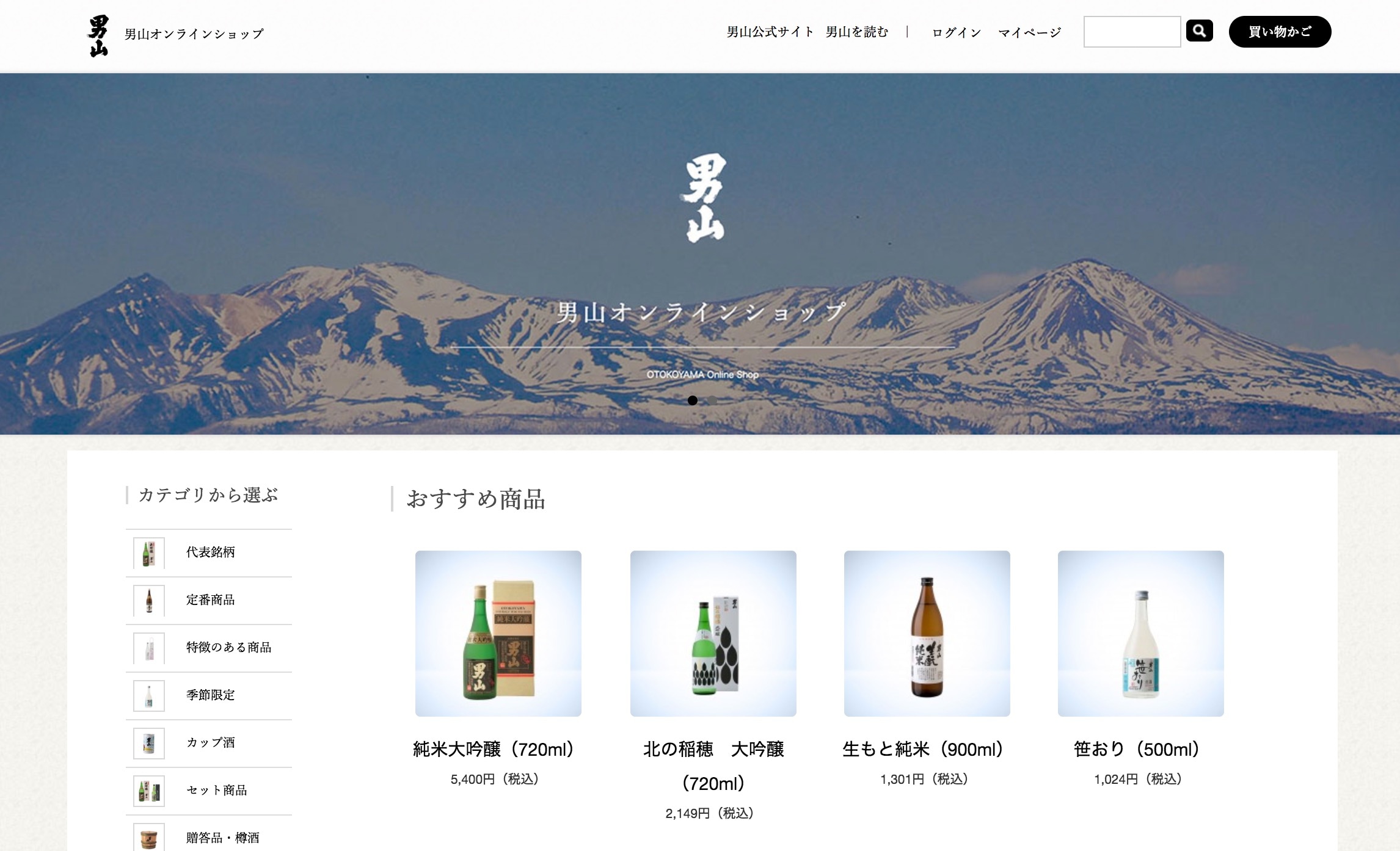
They go well with food too !

Both of these sake are guaranteed to go well with food.
They makes the food taste better, and the food makes the sake taste better.
For the sake of this article, we prepared a scallop sashimi.
Well, actually, it’s not really a tasting but our writer's treat & evening drink. He always enjoys a good sake with good food.

Sashimi is usually served with soy sauce and wasabi, but is that case the best way to eat it is like a carpaccio.
The soy sauce (and the wasabi) would be too strong to get along this light sake (you would not be able to taste the sake).
This is why our author seasoned it with extra virgin olive oil, salt and black pepper. You can also add dill or other herbs and pink pepper to enhance the flavours. It works also well with shellfish, and white sashimi.
Drinking your sake with sashimi makes the sake tastier and at the same time makes the scallops taste even better. We recommend it !
Translated from Kota’s article.



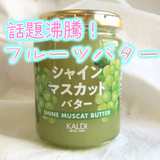
















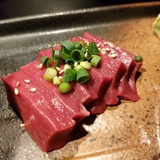

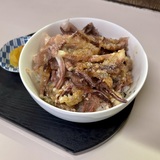


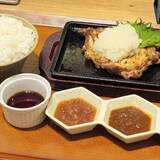
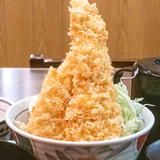


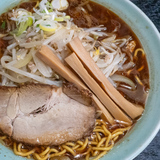
.jpeg)
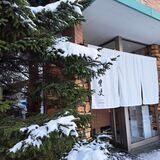





.jpg)
.jpg)





Hello there!
I am in charge of translating in english some of asatan's articles.
I'm from France and I have been living in Hokkaido for 6 years.
Things I like : drawing, pokemon, online games,
Things I don't like : melon, lags, waking up in the morning